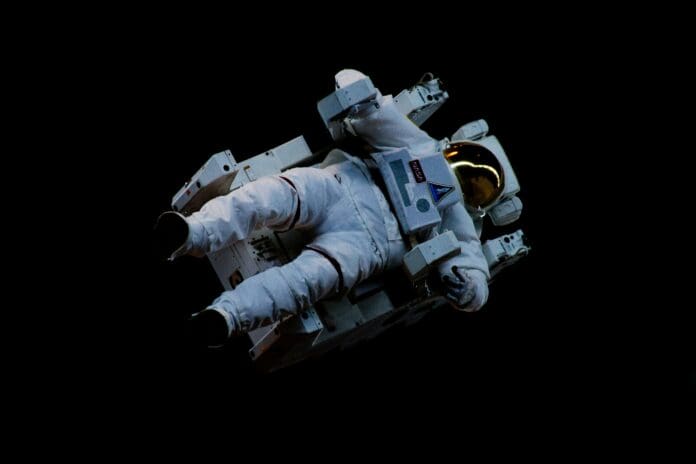This post is also available in:
 עברית (Hebrew)
עברית (Hebrew)
Space travel exposes astronauts to a unique set of challenges, one of the most dangerous being cosmic radiation. While Earth’s atmosphere and magnetic field shield us from most of this radiation, astronauts venturing beyond Earth’s protective layers face severe health risks and threats to sensitive equipment. To address this, researchers at Ghent University in Belgium are pioneering the use of 3D-printed hydrogels as a solution for radiation protection in space.
Hydrogels, known for their ability to absorb and retain large amounts of water, are commonly used in everyday items like diapers. Their ability to hold water makes them ideal candidates for shielding, as water’s density and hydrogen content help to slow down radiation. However, using free-flowing water for shielding is not practical, as it requires bulky containers that hinder movement and pose risks in the presence of electronics due to potential leaks, according to the press release.
The researchers are focusing on superabsorbent polymers (SAPs), which can absorb and retain many times their weight in liquid. When swollen, these SAPs form hydrogels that could offer a more efficient and secure alternative to traditional water containers. These hydrogels retain water in a non-flowing state, ensuring even radiation protection and preventing leaks, even if the shield is punctured. According to the researchers, this technology could not only safeguard astronauts but also protect uncrewed spacecraft by acting as a reliable form of radiation shielding or even water reservoirs for space missions.
The 3D-printing aspect of this research is another breakthrough. By printing hydrogels into custom shapes, the team can tailor radiation shields to the exact needs of spacecraft and spacesuits. This method offers flexibility, enabling the creation of diverse structures such as space shuttle models or astronaut suits, providing an efficient and lightweight solution for space exploration.
As long-duration missions to Mars and beyond become a reality, the need for effective radiation protection becomes more critical. 3D-printed hydrogels promise to provide a lightweight, versatile, and effective shield, advancing the safety of both astronauts and equipment for the future of space travel.


























